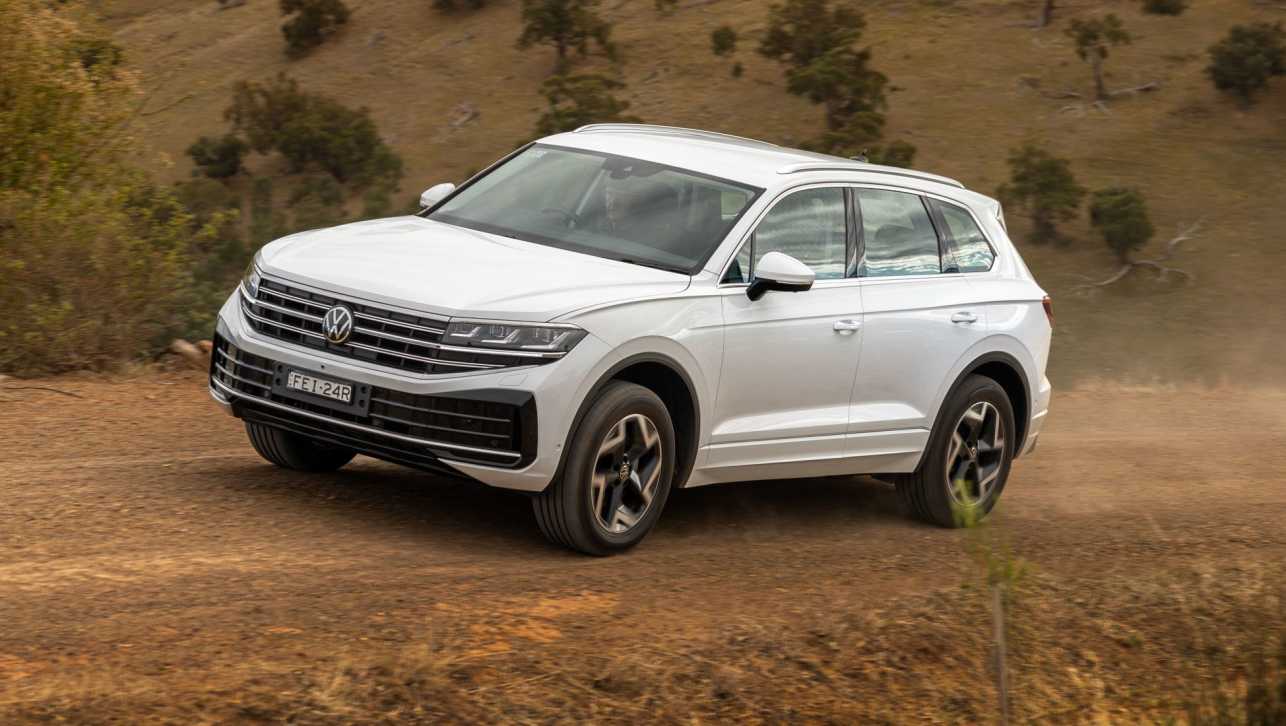Chevrolet was founded in Detroit, in November 1911, by racer Louis Chevrolet and General Motors founder William C. Billy Durant, who developed cars that quickly earned reputations for performance, durability and value. Those traits remain at the core of Chevrolet, which is the world's fourth-largest automotive brand.
From the very start, Chevrolet brought technology and features typically reserved for more expensive cars to its lineup of affordable cars and trucks. The first Chevrolet — the Series C Classic Six, offered an electric starter and electric headlamps at a time when both were rarities among even luxury cars.
In the decades that followed, innovations such as safety glass, fuel injection, anti-lock brakes and electronic stability control systems were used on Chevrolet models at the same time as more expensive vehicles.
As one of the largest-selling brands in the industry, Chevrolet's early adoption of landmark technologies fundamentally changed the way they were applied to new vehicles.
Chevrolet also made performance affordable. Its early four and six-cylinder engines were known for durability and strong performance, but it was the 1955 introduction of Chevrolet's small-block V8 that began a new era in attainable high-performance.
The engine would power millions of cars and trucks in next 50 years, with its legacy passed on to a new generation of small-block V8s used in today's trucks and SUVs, as well as performance cars including the Camaro SS and Corvette.
The performance characteristics of the small-block V8 helped establish Chevrolet as a force in almost all forms of motorsports. Chevrolet-powered race cars were immediate contenders in the fledging stock car and drag racing worlds of the 1950s, growing to dominate them in the next decades.
Design has been a cornerstone of Chevrolet and its models have become icons of American culture. The soaring fins of the 1957 Chevy Bel Air epitomized the optimism of the Jet Age, while the sleek 1963 Corvette Sting Ray is regarded by many automotive historians as one of the best-looking cars ever designed.
Other Chevrolet models' designs had cultural impacts that resonated for decades. The Camaro, introduced in 1967, brought great design and affordable performance to younger customers. The heritage-inspired design of the fifth-generation model, introduced for 2010, became the best seller among its primary competitors.
In the truck world, Chevrolet design innovations helped drive changes and create new markets in the industry. The Suburban was introduced in 1935 and continues as the longest-running automotive nameplate in industry history. Its concept of delivering greater passenger and cargo capacity has remained true for 76 years.
In 1955, the special-edition Chevrolet Cameo Carrier introduced smooth rear fenders for the first time to a mainstream pickup. The styling gave the truck a flowing, upscale appearance that differed greatly from the traditional step side design of other contemporary trucks.
Within a few years, the entire industry was transformed. The smooth cargo bed sides, which became known as fleetside styling, were found on every truck on the market.
The electrically driven Volt leads Chevrolet into its second century and redefines what a car means. It is the world's first mass-produced electric vehicle with extended range, providing up to 500km of driving.
That means Volt provides the benefits of an electric vehicle without the range limitations associated with other electric vehicles in the market expanding the boundaries of performance and efficiency.
It exemplifies Chevrolet's heritage of introducing advanced technology on value-driven products.




.jpg)
.jpg)



.jpg)


















.jpg)
.jpg)










Comments